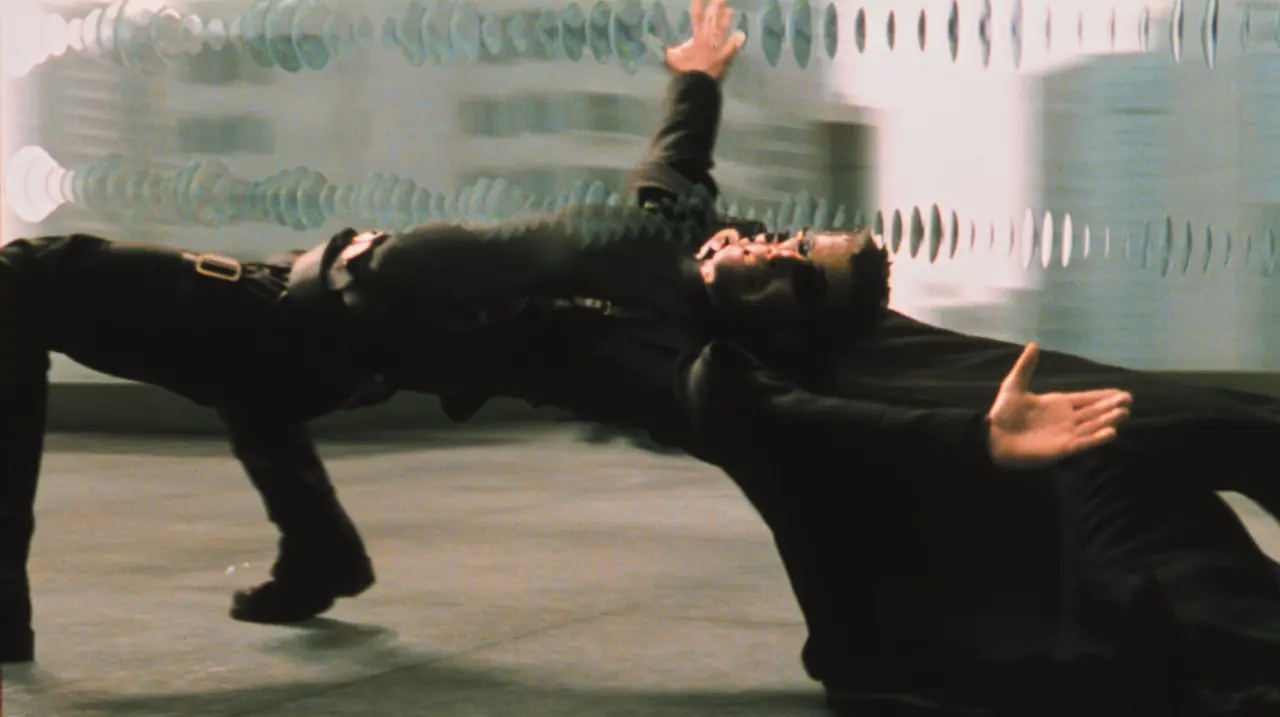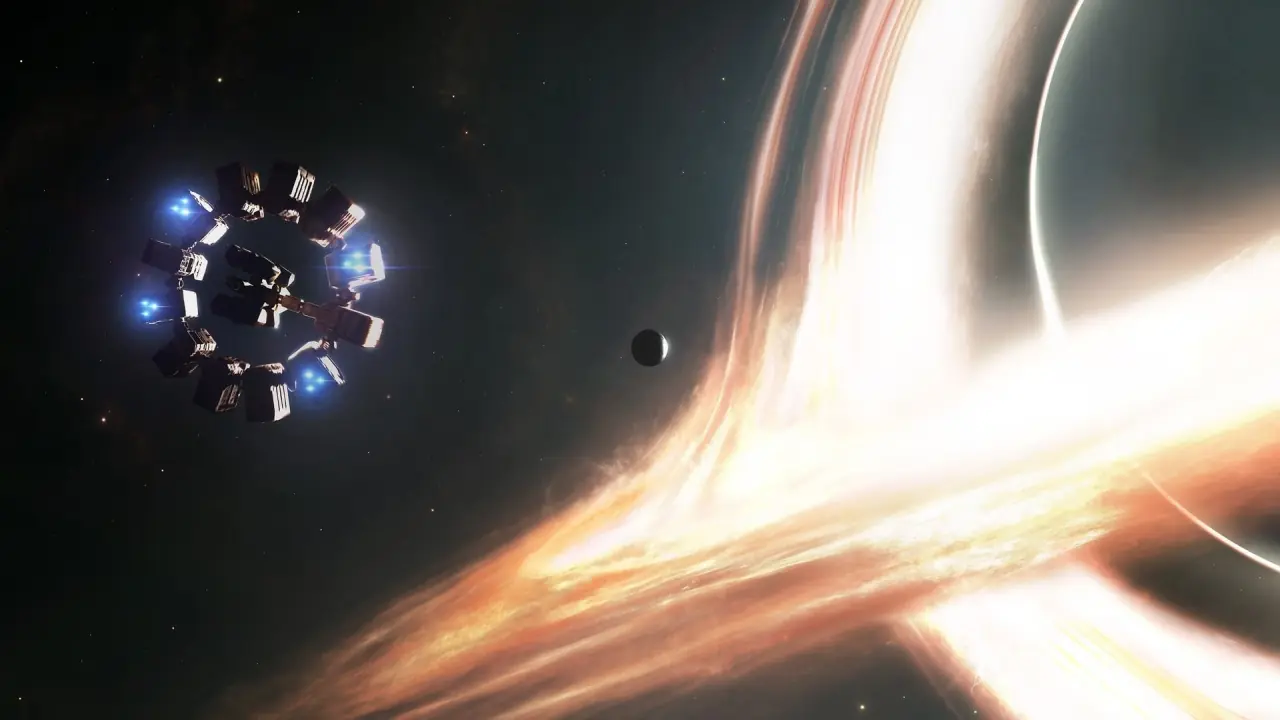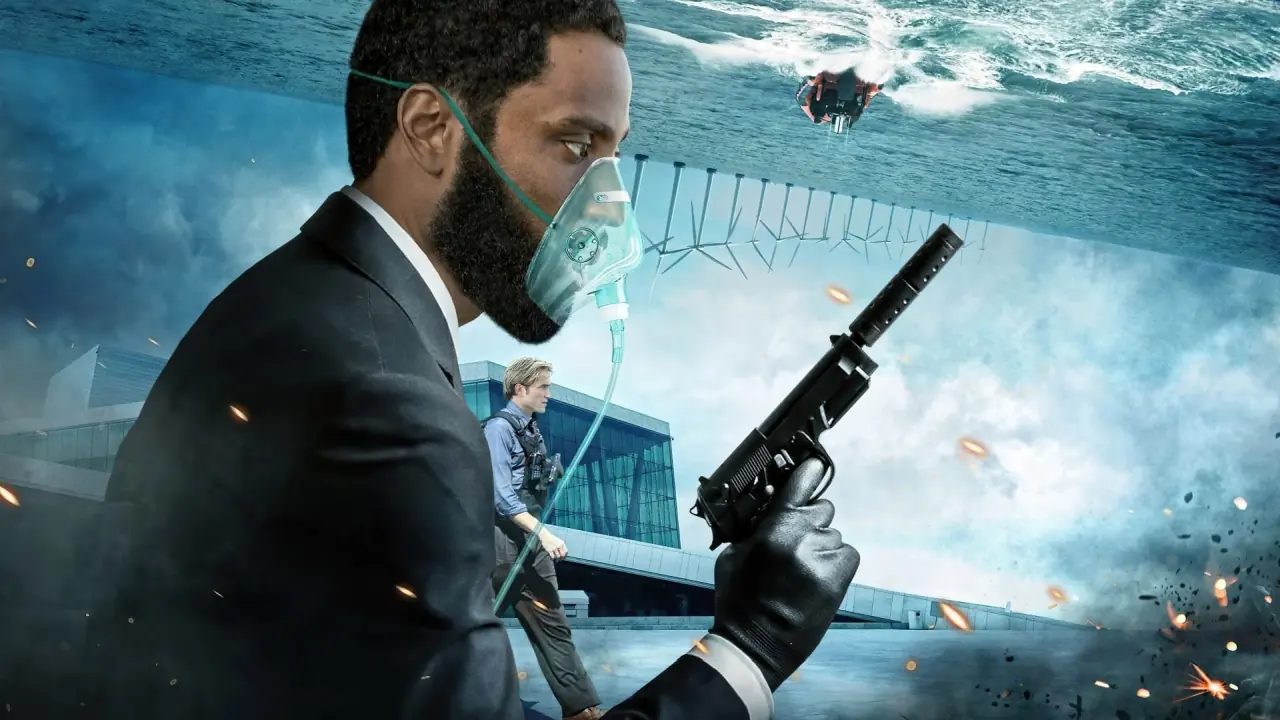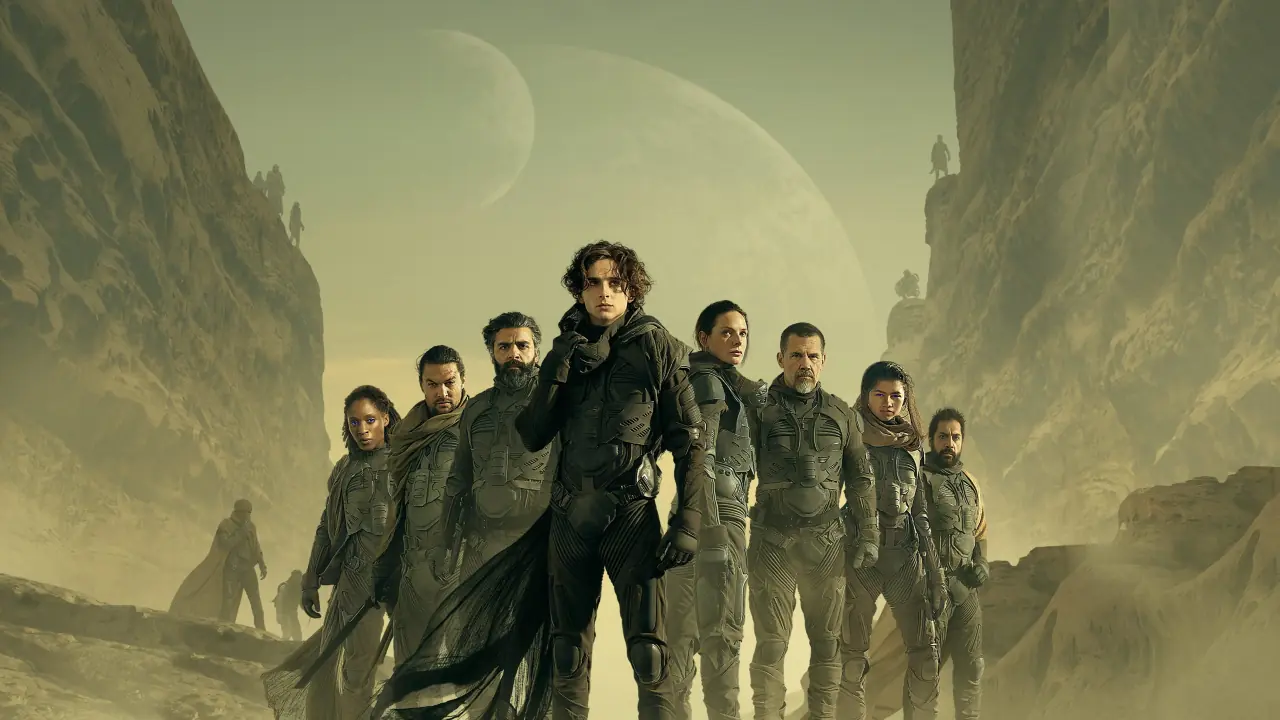Embark on a captivating exploration of the evolution of special and visual effects in Hollywood’s iconic Science Fiction masterpieces spanning over five decades. From the mesmerizing visuals of 2001: A Space Odyssey that set the stage in the ’60s to the cutting-edge techniques showcased in the upcoming Dune: Part Two in 2024, we delve deep into twelve transformative sci-fi films.
Join us as we unravel how these films not only push the boundaries of technology but also serve as testaments to the boundless creativity, innovation, and daring experimentation that define the magic of cinema.
Unveiling Sci-Fi Cinema’s Visual Evolution Across Decades
Groundbreaking Special Effects in 2001: A Space Odyssey (1968)

Considered a pivotal milestone in sci-fi cinema, the iconic ‘2001: A Space Odyssey’ (1968) mesmerized audiences with its visual brilliance and revolutionary practical effects. Directed by Stanley Kubrick and featuring SFX pioneer Douglas Trumbull, the film’s innovative slit-scan photography and extravagant props set new standards.
Its timeless impact is evident in modern color correction techniques and immersive visuals, earning Kubrick his sole Oscar for Best Visual Effects.
Trailblazing CGI in Westworld (1973)

In “Westworld,” directed by Michael Crichton, a high-tech adult playground turns deadly as lifelike robots malfunction, leading to disastrous consequences. Crichton’s innovative use of computer-generated imagery introduced colorful pixelated visuals, showcasing the world from the perspective of the rogue robot Gunslinger.
This groundbreaking approach, though time-consuming, marked a significant advancement in special effects technology for the sci-fi genre and film history.
Designing Holograms & Levitation in Logan’s Run (1976)

“Logan’s Run,” a 1976 cult classic, showcases a futuristic dystopian world with metallic surfaces and vibrant landscapes. The film follows a police officer uncovering dark secrets in a society obsessed with youth. The production team utilized innovative techniques like holograms and hidden wires to create iconic scenes such as Carousel and Logan’s interrogation by the Deep Sleep central computer.
These advancements earned the film a Special Academy Award for visual effects, setting a new standard for sci-fi storytelling.
Stunt Performers in Mad Max 2: Road Warrior (1981)

In George Miller’s post-apocalyptic thriller “Mad Max 2: The Road Warrior,” former cop Mad Max (Mel Gibson) navigates a desolate wasteland to help a gasoline-rich community escape bandits. Known for its intense action and chase sequences, the film relies heavily on practical stunts and effects, with over 200 hair-raising stunts performed on a low budget.
Memorable moments include the tanker barrel roll stunt, executed by a real truck driver in a daring display of chaos and authenticity.
Futuristic Visual Effects in Blade Runner: The Final Cut (1982)

In the dystopian future of “Blade Runner,” retired police officer Rick Deckard (Harrison Ford) is tasked with hunting down genetically engineered humans. Initially receiving mixed reviews upon its release 42 years ago, the film has since become a cult classic, setting new standards for the sci-fi genre. Utilizing innovative techniques like miniature models and striking visual style, “Blade Runner” created a cyberpunk world that resonates to this day.
Despite challenges and polarized critics, the film earned Academy Award nominations for its groundbreaking art direction and visual effects.
Captivating Special Effects of Innerspace (1987)

In Joe Dante’s “Innerspace,” industrial spies miniaturize a test pilot, injecting him into a hypochondriac grocery store clerk’s bloodstream, leading to comedic chaos. The film’s special effects, including the use of miniature models and innovative techniques like pin-blocking, earned Dante his only Academy Award.
The production team’s creative use of practical effects, such as constructing detailed organ sets and using organic materials for realism, contributed to the film’s immersive sci-fi feel and visual brilliance.
Perfecting Slow-Motion in The Matrix (1999)

In the sci-fi thriller “The Matrix,” computer hacker Neo discovers his reality is a simulated deception controlled by evil forces. The Wachowskis’ use of experimental special effects and groundbreaking visual techniques propelled them to fame.
The film’s heavy reliance on computer-generated effects, notably in the iconic bullet-dodging scene achieved with innovative camera setups, revolutionized visual effects and filmmaking, earning it an Academy Award for Best Visual Effects and becoming a cinematic milestone for the new century.
Utilizing Animatronics in AI Artificial Intelligence (2001)

In “Ai Artificial Intelligence,” a robot named David forms a deep bond with his human “mother” but faces upheaval when her real son returns from cryo-stasis. Developed by Stanley Kubrick and directed by Steven Spielberg, the film delves into the ethical quandaries of sentient AI. Blending CGI with live action, the movie pushed visual effects boundaries, creating lifelike robots through makeup, prosthetics, and CGI.
The animatronic teddy, a standout creation, exemplified the team’s meticulous artistry and earned the film an Oscar for Best Visual Effects.
Merging Science and FX in Interstellar (2014)

Christopher Nolan‘s “Interstellar” stands as a Hollywood milestone, blending outer space exploration with a quest for a new home for humanity in a dying Earth setting. With advanced computer-generated effects and guidance from astrophysicist Kip Thorne, the film authentically portrays cosmic phenomena like black holes and wormholes.
Embracing retro techniques like miniature models and employing slit-scan photography for the “library” scene, “Interstellar” marries old and new visual effects to depict realistic yet fantastical landscapes, earning an Oscar for Best Visual Effects.
Time Distortion in Tenet (2020)

Director Christopher Nolan‘s “Tenet” immerses audiences in a world of international espionage with stunning visual effects seamlessly blended into real-world settings. Collaborating with Oscar-nominated visual effects supervisor Andrew Jackson, the film showcases mind-bending illusions like time inversion and groundbreaking practical effects.
The meticulous attention to detail, including constructing and destroying buildings for explosive scenes, earned “Tenet” critical acclaim and accolades, including Academy Award and BAFTA wins for Best Visual Effects and Best Special Visual Effects.
Crafting a Dystopian Landscape in Dune (2021)

Director Denis Villeneuve’s “Dune” elevates the sci-fi genre with its mythic tale following Paul Atreides in a war over a valuable resource. The film, based on Frank Herbert‘s novels, blends modern technology, props, wardrobe, and CGI to create a visually stunning dystopian world set in a desert landscape. Emphasizing natural lighting and space, the production team used innovative techniques like sand screens and tons of sand to immerse viewers in the environment.
Advanced visual effects were employed for the sandworms, spaceships, and architecture, earning “Dune” critical acclaim and numerous awards for its exceptional visual effects.
Returning to Arrakis in Dune: Part Two (2024)

In the second chapter of the trilogy, Paul Atreides joins forces with Chani and the Fremen to avenge his family’s destruction. Director Denis Villeneuve mesmerizes audiences with stunning special effects that blend photorealistic CGI, expert cinematography, costume, and sound design to create another epic spectacle.
Returning to the vast desert landscapes of Arrakis, shot in Jordan for its authenticity, Villeneuve’s meticulous planning and dedication bring the futuristic dystopia to life in a truly immersive and realistic way.
Conclusion
In this journey through iconic sci-fi films, we’ve witnessed the evolution of special effects from the groundbreaking visuals of “2001: A Space Odyssey” to the cutting-edge techniques of “Dune: Part Two.” Each film showcases the creativity, innovation, and daring experimentation that define the magic of cinema. From practical effects in classics like “Blade Runner” to the advanced CGI in modern marvels like “Tenet,” these films have set new standards and captivated audiences with their immersive worlds and mind-bending visuals.
As we look back at these cinematic milestones, we celebrate the artistry and imagination that continue to push the boundaries of storytelling in the sci-fi genre.

















































